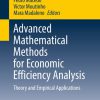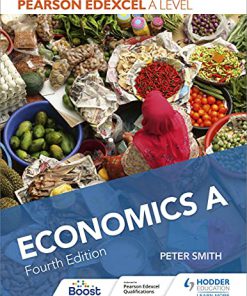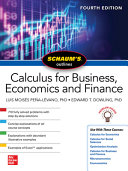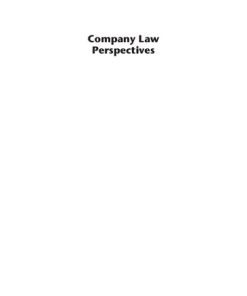Mathematics for Economics 4th edition by Michael Hoy, John Livernois, Chris Mckenna, Ray Rees, Thanasis Stengos ISBN 0262046628 978-0262046626
$50.00 Original price was: $50.00.$25.00Current price is: $25.00.
Mathematics for Economics 4th edition by Michael Hoy, John Livernois, Chris Mckenna, Ray Rees, Thanasis Stengos – Ebook PDF Instant Download/Delivery: 0262046628 , 978-0262046626
Full download Mathematics for Economics 4th edition after payment
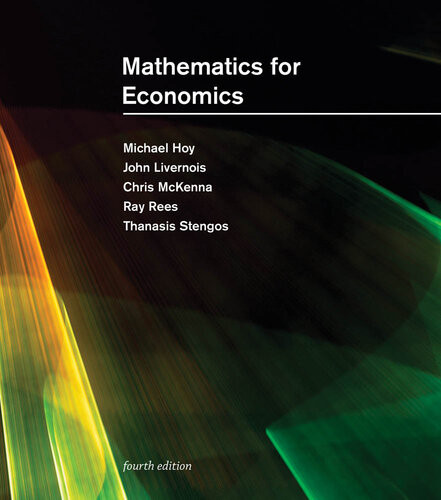
Product details:
ISBN 10: 0262046628
ISBN 13: 978-0262046626
Author: Michael Hoy, John Livernois, Chris Mckenna, Ray Rees, Thanasis Stengos
An updated edition of a widely used textbook, offering a clear and comprehensive presentation of mathematics for undergraduate economics students.
This text offers a clear and comprehensive presentation of the mathematics required to tackle problems in economic analyses, providing not only straightforward exposition of mathematical methods for economics students at the intermediate and advanced undergraduate levels but also a large collection of problem sets. This updated and expanded fourth edition contains numerous worked examples drawn from a range of important areas, including economic theory, environmental economics, financial economics, public economics, industrial organization, and the history of economic thought. These help students develop modeling skills by showing how the same basic mathematical methods can be applied to a variety of interesting and important issues.
The five parts of the text cover fundamentals, calculus, linear algebra, optimization, and dynamics. The only prerequisite is high school algebra; the book presents all the mathematics needed for undergraduate economics. New to this edition are “Reader Assignments,” short questions designed to test students’ understanding before they move on to the next concept. The book’s website offers additional material, including more worked examples (as well as examples from the previous edition). Separate solutions manuals for students and instructors are also available.
Mathematics for Economics 4th Table of contents:
Part I: Introduction and Fundamentals
Chapter 1. Introduction
1.1. What Is an Economic Model?
1.2. How to Use This Book
1.3. Conclusion
Chapter 2. Review of the Fundamentals
2.1. Sets and Subsets
2.2. Numbers
2.3. Beginning Topology: Point Sets and Distance in ℝn
2.4. Functions
Chapter 3. Sequences, Series, and Limits
3.1. Definition of a Sequence
3.2. Limit of a Sequence
3.3. Present-Value Calculations
3.4. Properties of Sequences
3.5. Series
Part II: Univariate Calculus and Optimization
Chapter 4. Continuity of Functions
4.1. Continuity of a Function of One Variable
4.2. Economic Applications of Continuous and Discontinuous Functions
Chapter 5. The Derivative and Differential of Functions of One Variable
5.1. The Tangent Line and the Derivative
5.2. Definition of the Derivative and the Differential
5.3. Conditions for Differentiability
5.4. Rules of Differentiation
5.5. Higher Order Derivatives: Concavity and Convexity of a Function
5.6. Taylor Series Formula, Rolle’s Theorem, and the Mean-Value Theorem
Chapter 6. Optimization of Functions of One Variable
6.1. Necessary Conditions for Unconstrained Maxima and Minima
6.2. Second-Order Conditions for a Local Optimum
6.3. Optimization over an Interval
Part III: Linear Algebra
Chapter 7. Linear Equations and Vector Spaces
7.1. Solving Systems of Linear Equations
7.2. Linear Systems in n Variables
7.3. Vectors in ℝn
Chapter 8. Matrices
8.1. General Notation
8.2. Basic Matrix Operations
8.3. Matrix Transposition
8.4. Some Special Matrices
Chapter 9. Determinants and the Inverse Matrix
9.1. Defining the Inverse
9.2. Obtaining the Determinant and Inverse of a 3 × 3 Matrix
9.3. The Inverse of an n × n Matrix and Its Properties
9.4. Cramer’s Rule
9.5. Rank of a Matrix
Chapter 10. Further Topics in Linear Algebra
10.1. The Eigenvalue Problem
10.2. Quadratic Forms
10.3. Hyperplanes
Part IV: Multivariate Calculus
Chapter 11. Calculus for Functions of n Variables
11.1. Partial Differentiation
11.2. Second-Order Partial Derivatives
11.3. The First-Order Total Differential
11.4. Implicit Differentiation
11.5. Curvature Properties: Concavity and Convexity
11.6. Quasiconcavity and Quasiconvexity
11.7. More Properties of Functions with Economic Applications
11.8. Taylor Series Expansion
Chapter 12. Optimization of Functions of n Variables
12.1. First-Order Conditions
12.2. Second-Order Conditions
12.3. Direct Restrictions on Variables
Chapter 13. Constrained Optimization
13.1. Constrained Problems and Approaches to Solutions
13.2. Second-Order Conditions for Constrained Optimization
13.3. Existence, Uniqueness, and Characterization of Solutions
13.4. Problems, Problems
Chapter 14. Comparative Statics
14.1. Introduction to Comparative Statics
14.2. General Comparative Statics Analysis
14.3. The Envelope Theorem
Chapter 15. Nonlinear Programming and the Kuhn-Tucker Conditions
15.1. The Kuhn-Tucker Conditions
15.2. Hyperplane Theorems and Quasiconcavity
Part V: Integration and Dynamic Methods
Chapter 16. Integration
16.1. The Indefinite Integral
16.2. The Riemann (Definite) Integral
16.3. Properties of Integrals
16.4. Improper Integrals
16.5. Techniques of Integration
Chapter 17. An Introduction to Mathematics for Economic Dynamics
17.1. Modeling Time
Chapter 18. Linear, First-Order Difference Equations
18.1. Linear, First-Order, Autonomous Difference Equations
18.2. The General, Linear, First-Order Difference Equation
Chapter 19. Nonlinear, First-Order Difference Equations
19.1. The Phase Diagram and Qualitative Analysis
19.2. Cycles and Chaos
Chapter 20. Linear, Second-Order Difference Equations
20.1. The Linear, Autonomous, Second-Order Difference Equation
20.2. The Linear, Second-Order Difference Equation with a Variable Term
Chapter 21. Linear, First-Order Differential Equations
21.1. Autonomous Equations
21.2. Nonautonomous Equations
Chapter 22. Nonlinear, First-Order Differential Equations
22.1. Autonomous Equations and Qualitative Analysis
22.2. Two Special Forms of Nonlinear, First-Order Differential Equations
Chapter 23. Linear, Second-Order Differential Equations
23.1. The Linear, Autonomous, Second-Order Differential Equation
23.2. The Linear, Second-Order Differential Equation with a Variable Term
Chapter 24. Simultaneous Systems of Differential and Difference Equations
24.1. Linear Differential Equation Systems
24.2. Stability Analysis and Linear Phase Diagrams
24.3. Systems of Linear Difference Equations
Chapter 25. Optimal Control Theory
25.1. The Maximum Principle
25.2. Optimization Problems Involving Discounting
25.3. Alternative Boundary Conditions on x(T)
25.4. Infinite-Time-Horizon Problems
25.5. Constraints on the Control Variable
25.6. Free-Terminal-Time Problems (T Free)
People also search for Mathematics for Economics 4th:
mathematics for economics fourth edition michael hoy pdf
mathematics for economics fourth edition
mathematics for economics hoy pdf
mathematics for economists hoy
mathematics for economics 4th edition
Tags: Michael Hoy, John Livernois, Chris Mckenna, Ray Rees, Thanasis Stengos, Mathematics for Economics
You may also like…
Business & Economics - Mathematical Economics
Pearson Edexcel a Level Economics a Fourth Edition by Peter. Smith 9781510450004 1510450009
Business & Economics - Mathematical Economics
Elements of Mathematics for Economics and Finance 2nd Edition Vassilis C. Mavron
Business & Economics - Economics
Uncategorized
Schaum’s Outline of Calculus for Business, Economics and Finance, Fourth Edition Moises Pena-Levano
Commercial & Financial Law
Company law perspectives 4th Edition by Michael Quilter 0455243549 9780455243542
Mathematics - Applied Mathematics
Mathematics for Economics and Business, 10th Edition Ian Jacques
Computers - Computer Science
Schaum’s Outline of Discrete Mathematics, Fourth Edition Lipschutz
Business & Economics - Professional Finance
Mathematics of business and finance Fourth Edition. Edition Diane Huysmans
Business & Economics

